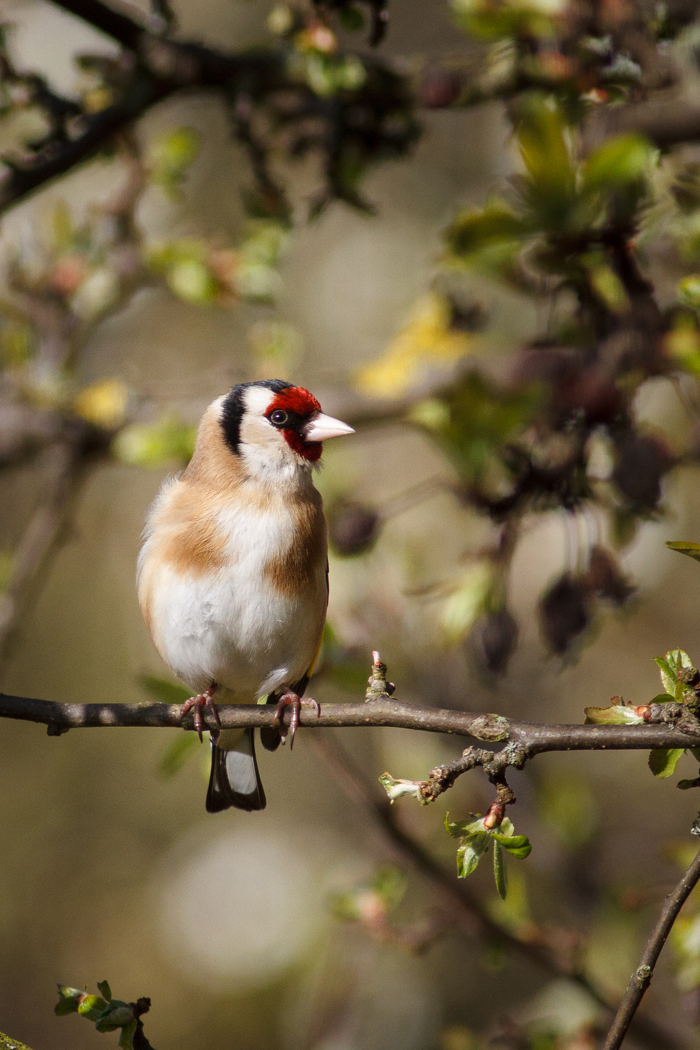

Have you ever noticed how when you go on holiday for a week or two you always come home to find that your garden has spiralled out of control? Have you noticed how the grass gets too long and the hedges need trimming and there are weeds sprouting up between the cracks in the patio? I wonder if you ever notice, as you heave the lawn mower from the shed, how the garden seems to be more alive?

There’s a goldfinch pecking at teasel heads, and an orange tip butterfly sunning itself on the hedge, and in the overgrown grass a frog is hunting for slugs. In our constant pursuit of perfection too many of us lose sight of the amazing habitats that we have on our own back doorstep and thus forget that to own a garden is to own a little handful of environmental power… And you could be using it for good!
Introducing the buzzword which is taking the Broads National Park by storm, the future of the UK’s wildlife can be summed up in a single term, ‘rewilding’. Rewilding is all about allowing land to return to nature without management. As people we have a tendency to try to control nature and when we do so we upset the natural ecosystems which had previously thrived in areas without human intervention.
The great thing is we can do something about it without upsetting the aesthetics of our gardens. For instance, if you rewild a lawn by mowing a footpath around the edge, it will be clear that the wild area is not unkempt but intentional. The lawn will soon be thick with different grass and flower varieties, and as it thickens you’ll see more birds, more bees, more butterflies and just about more everything! Now surely that is better than a short, barren lawn?
People who certainly think so are the South Yare Wildlife Group who are spearheading a campaign to get people using their power over their garden for good! They have just launched an amazing new animation which among many other fascinating facts reveals that the UK has over 16 million gardens which altogether make up an area larger than all of its nature reserves put together. With two-thirds of the UK’s wildlife in serious decline it highlights just how crucial your garden, however small it might be, is to the future of our nation’s wildlife. For instance a single pair of blue tits require 10,000 caterpillars or other small insects to raise a brood of young, and the longer your grass the more caterpillars and therefore the more blue tits… It really is as simple as that.
Other great ways to rewild and create habitats are compost heaps, ponds (even a half buried washing-up bowl can do the trick!) and leaving piled up wood and leaves together in an area to create a ‘bug hotel’. South Yare Wildlife Group isn’t the only one to be a part of the rewilding movement. Somerleyton Hall is beginning plans to rewild a large area of their country estate, taking a leaf from the book of pioneering West Sussex-based Knepp Castle where 3,500 acres have been given back to nature. There is even an entire European movement emerging from safari holidays in rewilded parts of Europe.
So get inspired and get… well, just stop mowing your lawn quite so much! For all the information you need, check out the South Yare Wildlife Group website and watch their inspirational animation. If you choose to be an environmental champion and rewild some of your garden then make sure you record your location, what you’ve done and some photos on the South Yare Wildlife Group website on their Wild Patch Map page to inspire others and show off your beautiful rewilded garden. It’s the perfect opportunity to lead by example and to help inspire others and you’ll never return from a holiday again only to despair at your garden!
To see some rewilded spaces in the Broads check out the Norfolk Wildlife Trust’s Norfolk Churchyard Conservation Scheme where churches manage their churchyards to protect the plant species of particular interest while observing the main requirements of the church. It’s a great chance to see the beautiful flowers which flourish in rewilded spaces and the wildlife which is naturally attracted to these sorts of habitats.
More inspirational websites to find out about rewilding: